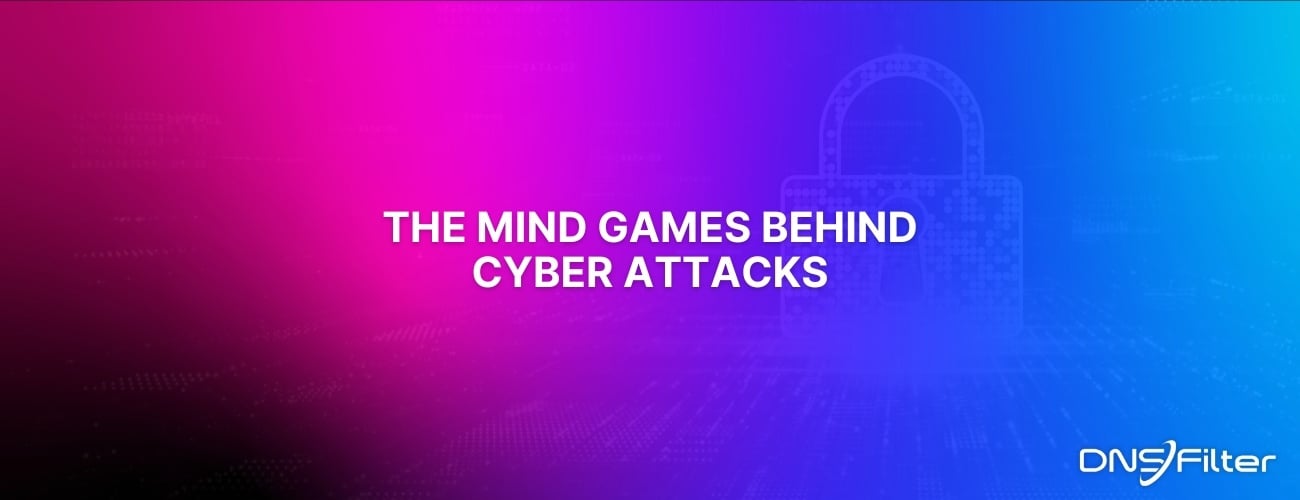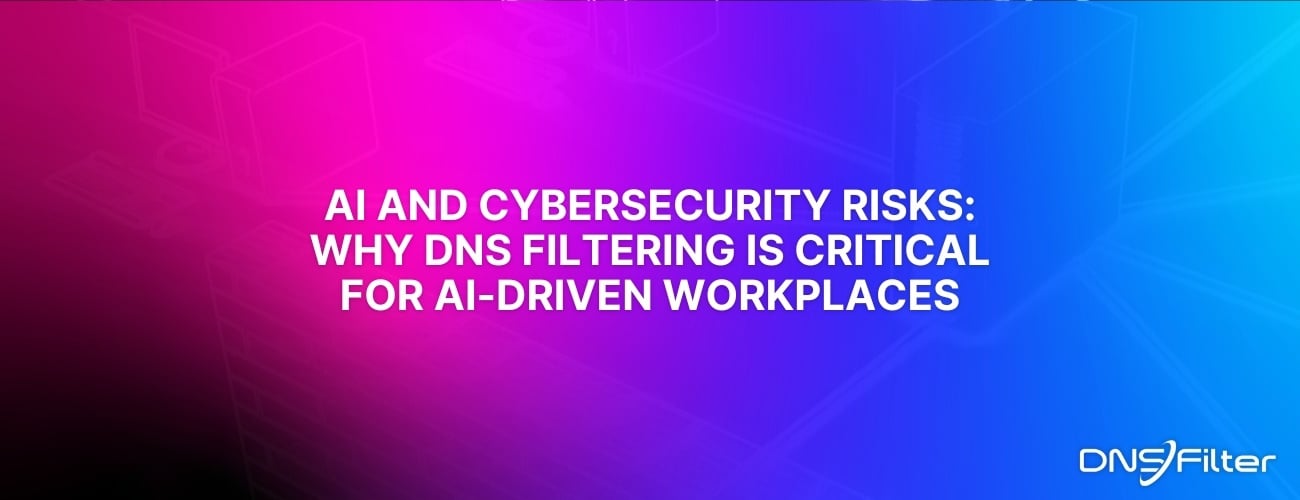Share this
An Interview with Remote Work Expert Kaleem Clarkson
by Kory Underdown on Jun 16, 2022 12:00:00 AM
Working from home, considering remote work, or transitioning a company to a remote model?
Companies and their employees are seeing the benefits of moving workforces to a virtual (or work from home) distribution. Remote work can promote a more efficient integration of jobs and personal lives, and even make it easier to handle life’s day-to-day challenges.
Kaleem Clarkson is the COO of Blend Me, Inc, a people operations consultancy where he works with small businesses and startups transitioning into remote workplaces.
Kaleem was a panelist on our own dnsUNFILTERED: Soundtrack to a Post-Pandemic Workplace conference, was highlighted in LinkedIn’s Top 10 Voices in Remote Work, named to the list of Top 15 Remote Work Advocates by the All American Speakers Bureau, and has presented alongside other leadership teams from companies such as Google, Netflix and Facebook.
We were able to sit down with the expert himself (virtually of course) and ask a few of the following questions about his history and philosophies surrounding remote workplaces.
What prompted you to begin the journey of helping companies transition to remote work?
“That idea of being able to work wherever, of not being stuck.”
Kaleem drew inspiration from both his partner’s experiences looking for HR work in her field, and a remote web development company’s CEO, Matt Westgate, who moved to a fully remote model in 2012, long before most companies had even considered virtual workplaces.
“I found it amazing, the fact that a company of this ilk and this level with these clients decided that they didn’t need an office anymore.”
Kaleem also highlights the draw of being able to choose where you live, your work location, and the proximity to family as some of the leading factors in his decision to get involved.
This philosophy and positive feedback from remote employees made a profound impression on Kaleem and his partner, resulting in their decision to start their own internal marketing agency for remote companies. So in 2013, Blend Me, Inc was born.
What is the difference between work-life balance and work-life integration?
“The whole idea behind remote work that we feel is empowering is the ability to integrate your life with work.”
Kaleem’s breakdown of his philosophy around work-life integration is centered around how it removes the idea of “work vs. life,” and allows people the ability to work within their day-to-day lives.
“With ‘work-life balance’ you can’t split yourself into two pieces, you are a whole self, so we feel ‘work-life integration’ better describes the reality.”
He feels that most people find fulfillment and joy from having the freedom to do things throughout the days and evenings.
“The major difference for us is the perception versus the true definitions.”
Work-life balance is a concept that you have to shut off and turn back on. On the other hand, work-life integration is a much smoother and realistic outlook where you don’t try to split into two halves.
The reality is that our lives don’t stop when we’re working. Kaleem strongly believes that if you embrace integrating work into life instead of trying to separate them, a person can be happier and have more control over the amount they want to accomplish.
You call The Remote Employee Experience “TREE”. How did you come up with that?
“It’s basically the employee life cycle,” Kaleem explains, referencing Gallup’s definition of the Employee Experience. “From the day that they’re hired, to the day that they retire.”
“So we were looking at what is unique in the remote work setting, and where we kept stopping was trust has to be assumed.”
The T is “Trust.”
Not only do employers have to trust their employees to work from home or work remotely and follow through on the job but the employee has to trust the organization will accurately represent the job as described.
The R is “Responsibility.”
“The organization has to make sure that the employee has everything they need.”
They have a responsibility to the employee. The employee has to take on the responsibility of asking questions and getting them answered.
“You have to be more assertive in getting the questions answered, and take on the responsibility of getting the job done.”
Finally, the “Employee Experience,” or the previously mentioned employee life cycle, fills out the final two letters in “TREE.” From attracting and hiring, training and developing, all the way to performance management and offboarding, the employee experience is everything that happens within the span of a career.
What do you do when you start to notice work creeping into your life or family time?
Referencing back to work-life integration, Kaleem is a strong champion for using your calendar to make room for work and personal activities within the same space. “Scheduling everything in a calendar is important. Your run, a bike ride, scheduling time to meditate, being really tactful in how you’re managing your calendar,” he elaborates.
He also gives some helpful tips such as integrating Calendly with your personal calendar, or not allowing people to book within 15 minutes of an event to help with breaks.
Integrating or transitioning to a remote work environment can definitely come with some challenges. Our time with Kaleem and his insight and expertise in the world of remote work, from both an organization’s and an employee’s perspective, provides some lift that can help in hurdling those obstacles.
Watch Kaleem and fellow dnsUNFILTERED panelists on demand for a deeper look into the world of remote work spaces and the increasing need to adapt to virtual organizations.
Share this
 Artificial Intelligence in Cybersecurity
Artificial Intelligence in Cybersecurity
The term “artificial intelligence (AI)” was first coined in 1956. While progress stalled for many years, we can thank IBM for sparking real interest in AI as viable technology: First in 1997 when the computer Deep Blue defeated a chess champion and again in 2011 when Watson won Jeopardy!
 The Mind Games Behind Cyber Attacks
The Mind Games Behind Cyber Attacks
Hackers have long understood that the most sophisticated firewall is no match for a well-placed psychological trick. While many focus on the technical prowess of cybercriminals, the real magic often lies in their ability to manipulate human behavior. By exploiting our natural tendencies and cognitive biases, hackers can slip past even the most robust security systems. It's not just about cracking codes; it's about cracking the human psyche.
 AI and Cybersecurity Risks: Why DNS Filtering is Critical for AI-Driven Workplaces
AI and Cybersecurity Risks: Why DNS Filtering is Critical for AI-Driven Workplaces
Artificial intelligence is transforming business operations, automating everything from customer service to data analysis. But with these advancements come new security challenges. AI-driven cyber threats are becoming more sophisticated, enabling attackers to automate phishing campaigns, generate malware, and exfiltrate sensitive data at scale. Without proper safeguards, AI tools can unintentionally leak corporate secrets or connect to malicious ...


